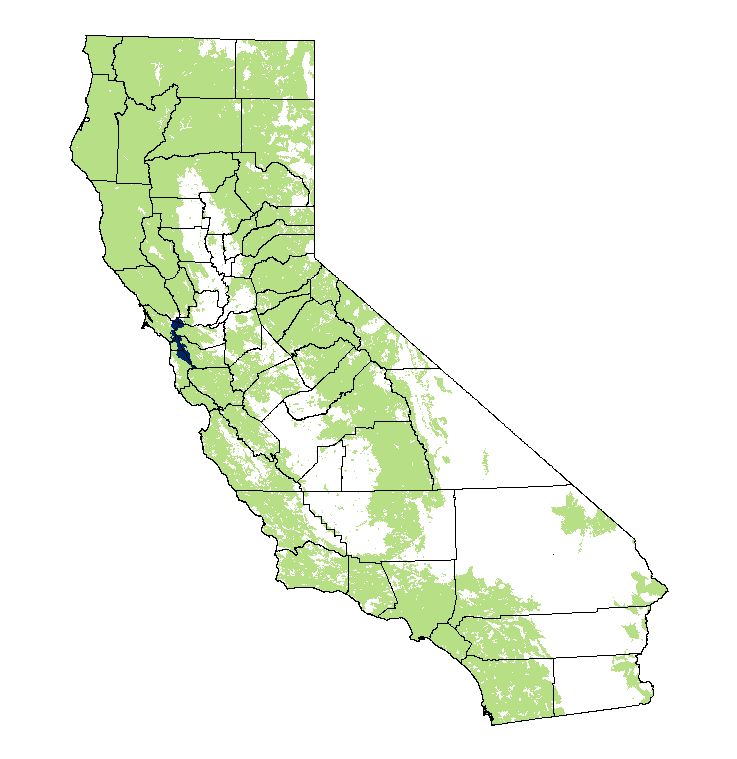
Home | About Us | Projects | Maps | Facts

Home | About Us | Projects | Maps | Facts

Northern Flicker (Colaptes auratus) Spring is on its way when the loud joyful call of the flicker: "Wicker, wicker, wicker", echoes through the woodlands. Males are known for drumming in long continuous rolls made by rapid blows with his bill. Male Flickers will often return to their favorite drumming spot where most likely it is the loudest and noisiest spot. Flickers are found in southern states and east of the Rocky Mountains. Description: 
Size: Larger than a robin, it measures 12 to 14 inches. Its wingspan can reach 18 to 21 inches. The flickers feet are short with two toes in front and two toes behind. The bill is slightly arched that is strong and nearly as long as the head. It has a cylindrical worm-like tongue, with a hard sharp tip that can be extended far beyond the end of the bill to spear an insect in a hole. The body of the tongue is covered with sticky saliva to capture ants and other small insects.
The flickers feet are short with two toes in front and two toes behind. The tail feathers are pointed at the tip which allows them to grip onto the bark of a tree for support (see photo). The strong bill is slightly arched and nearly as long as the head. It has worm-like tongue, with a hard sharp tip that can be extended far beyond the end of the bill to spear an insect in a hole. The body of the tongue is covered with sticky spit to capture ants and other small insects.
Calls:
The call is a long series of loud "wik-wik-wik" notes. Also a softer "wik-a-wik-a-wik-a," and a strong single-note "peah."
Click the range map to learn more about the distribution of Northern Flickers in California. Nesting: Northern Flickers excavate nesting cavities in dead or diseased cottonwood, pine or willow trees. The male does most of the excavation, with some help from the female. The female will lay a bunch of eggs called a clutch (5 to 8 eggs). They both incubate the eggs for about 11 days, then brood the hatchlings for another four days. The nestlings remain safely in the nest for 24 to 27 days, where both parents feed the young. After fledging, the young continue to be fed by both parents and quickly learn how to forage for food on their own. Flight: The flight of a flicker is preformed in a straighter manner than that of any other woodpecker. Their migrations are performed at night, even during the coldest winters. When passing from one tree to another on wing, they also fly in a straight line, until right before they land, they then suddenly raise themselves a few feet and fasten themselves to the bark of the trunk by their claws and tail. Diet: It is commonly found on the ground where it will run a few steps and stop, run a few steps and stop, until it finds an anthill. Ants are their most important source of food. One flicker's stomach was found to contain more than 5000 ants. It also eats a variety of other insects and wild fruit, especially wild cherries, dogwood, sumac and poison ivy. During the winter it is not afraid to visit suet feeders. Did you know?
Animal silhouettes available to purchase » Photos: Natures Pics
More information:
BirdWeb - Northern Flicker |